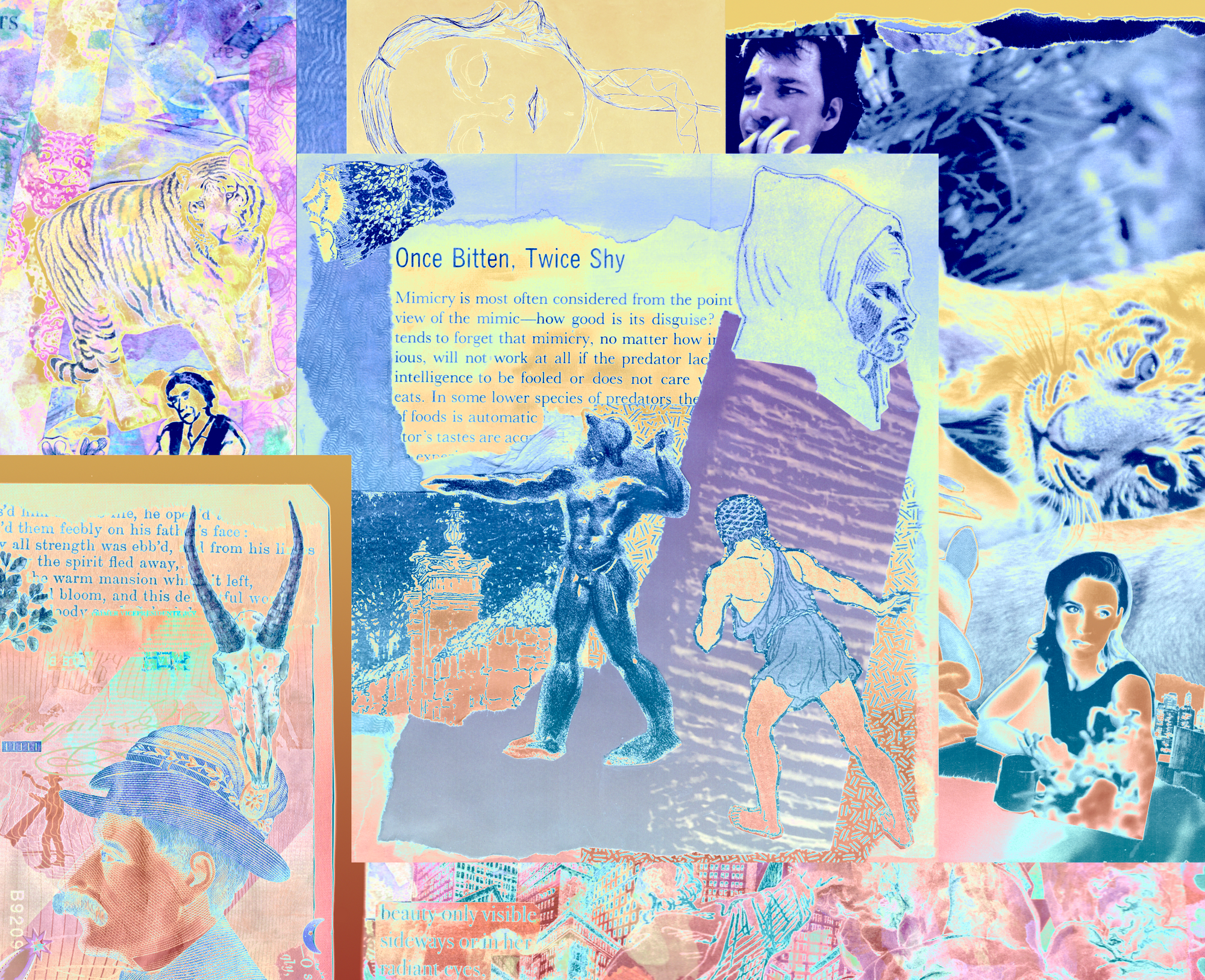
Bug-eyed and Shameless
“One can understand that at this time preoccupations are elsewhere,” begins a pamphlet circulated around Paris in late February, 1848.
This brochure, in the works for months, was published just as France was in the throes of yet another revolution. The radical artists behind the document noted, that in the capital of late, “talk was replaced by rifle shots.” 1
This was no call to arms to overthrow the monarchy, but an appeal to oust the academic juries which governed the Salon de Peinture et de Sculpture.
This salon, and others like it — what we’d call today museums or art galleries — had become the jewel of French society. While they were distinct from the informal salons which had helped spur the French revolution a half-century prior, they were a similar product of the enlightenment and critical in the birth of the third place.
But these juries, which selected successful candidates to line its walls, had become enemies of change. In some years, nearly half of all submissions to the juries were rejected — amongst them impressionist genius Édouard Manet and avant-garde renegade Paul Cézanne. The revolutionary openness of these salons had been corrupted by these formalist juries.

















